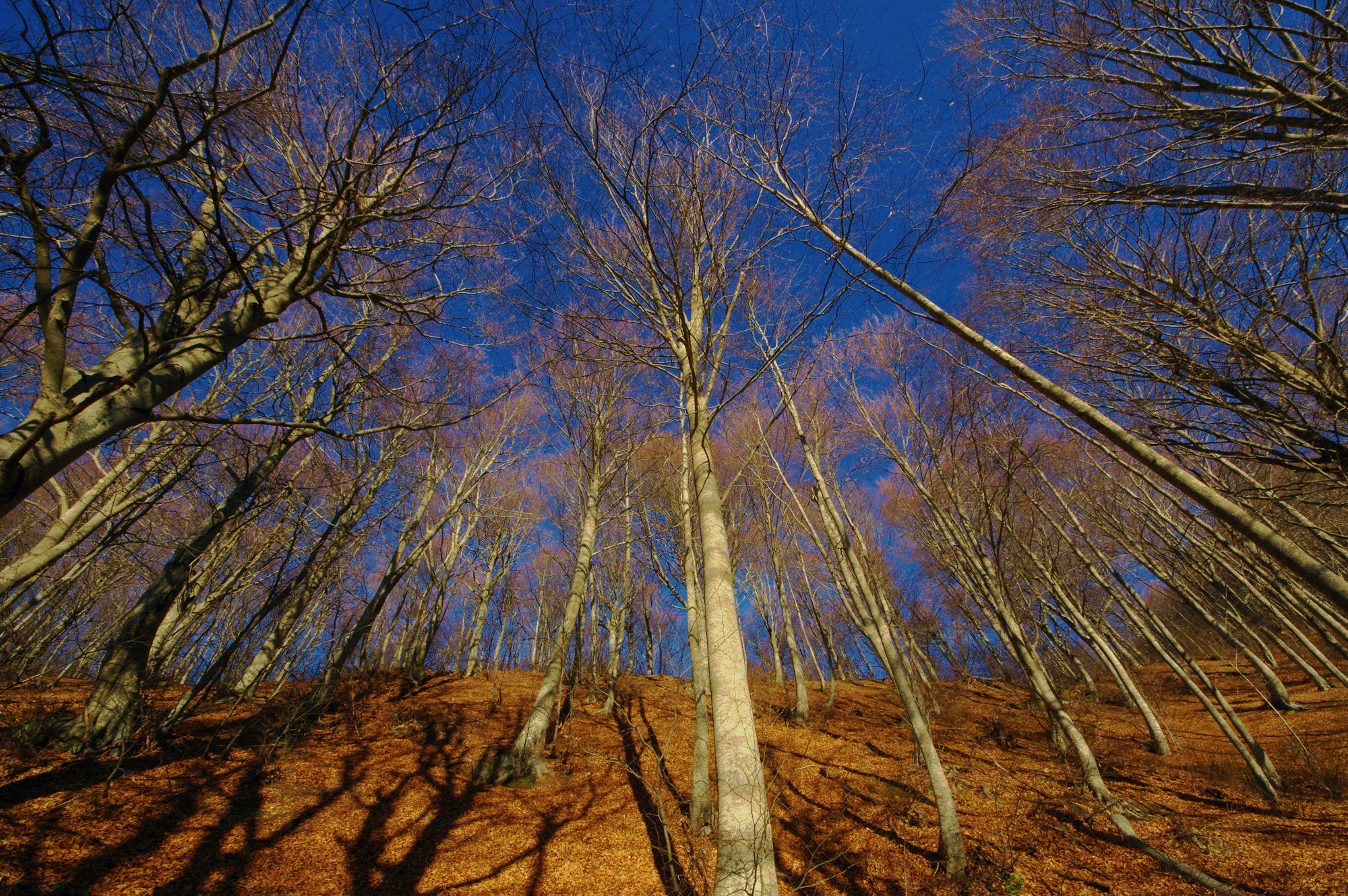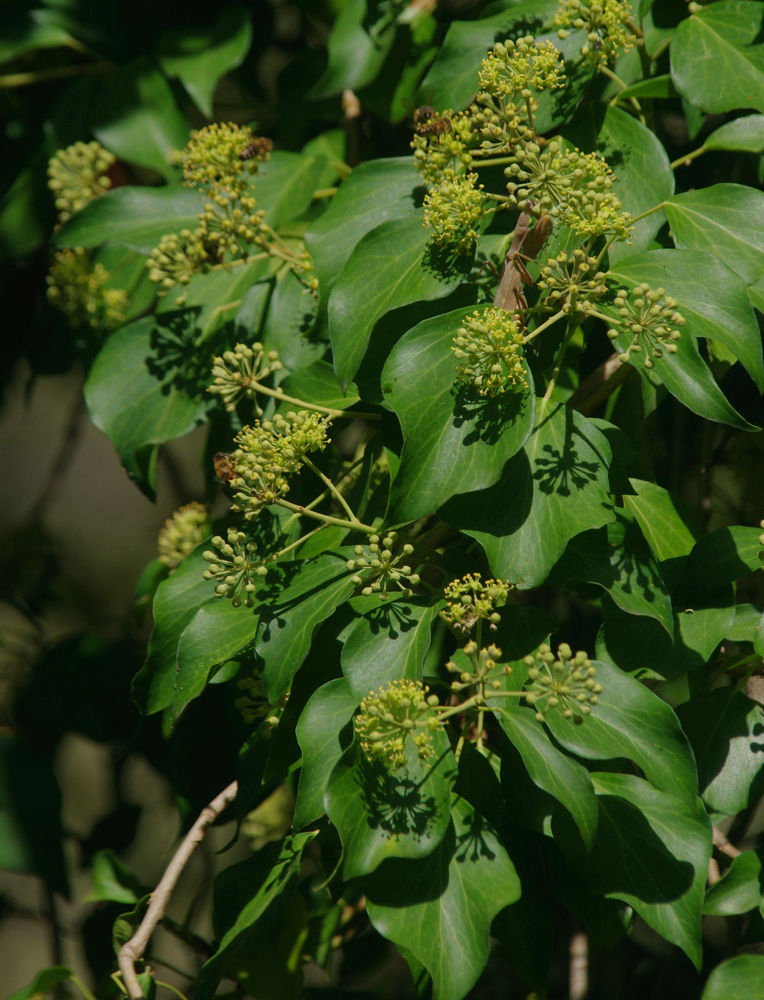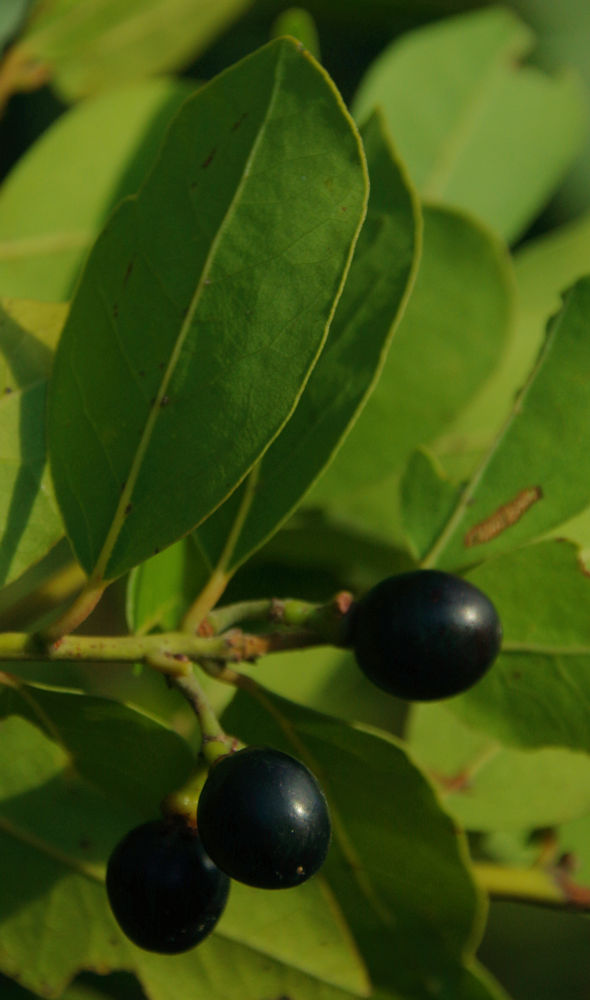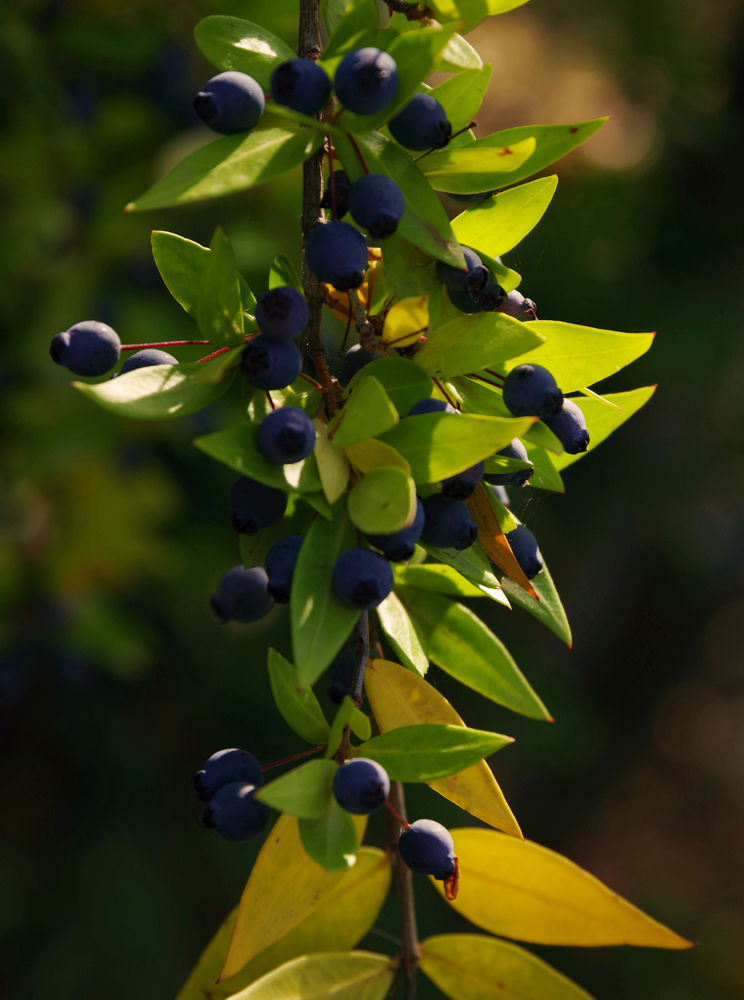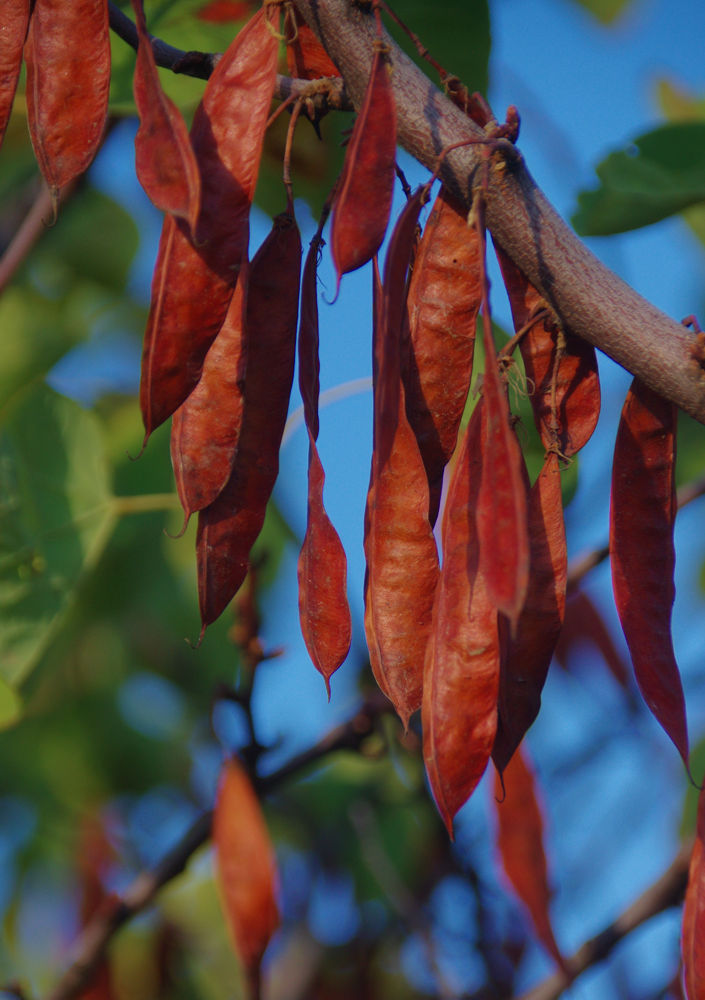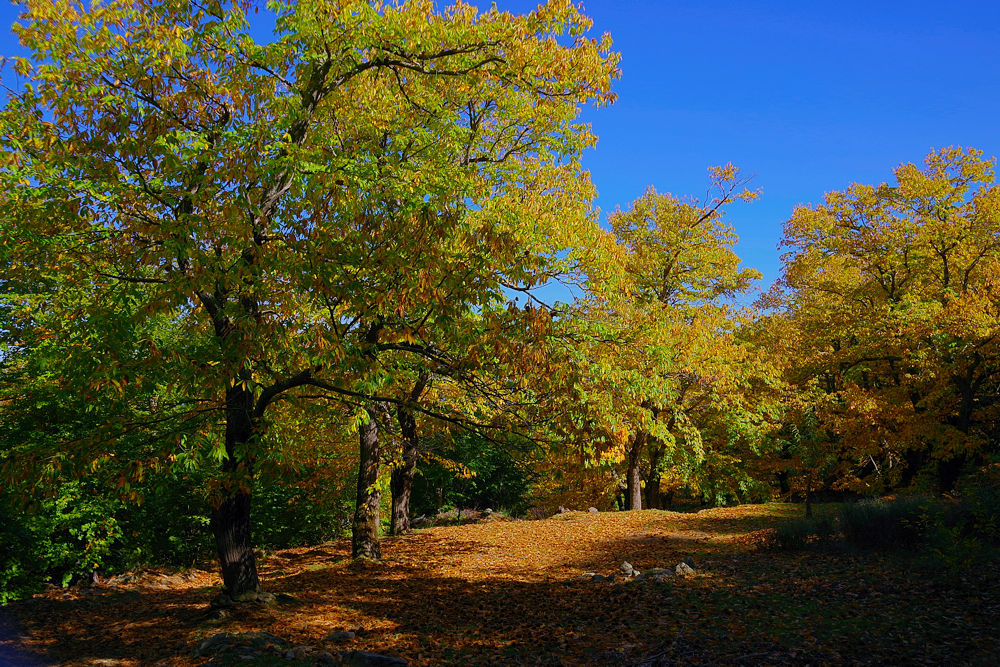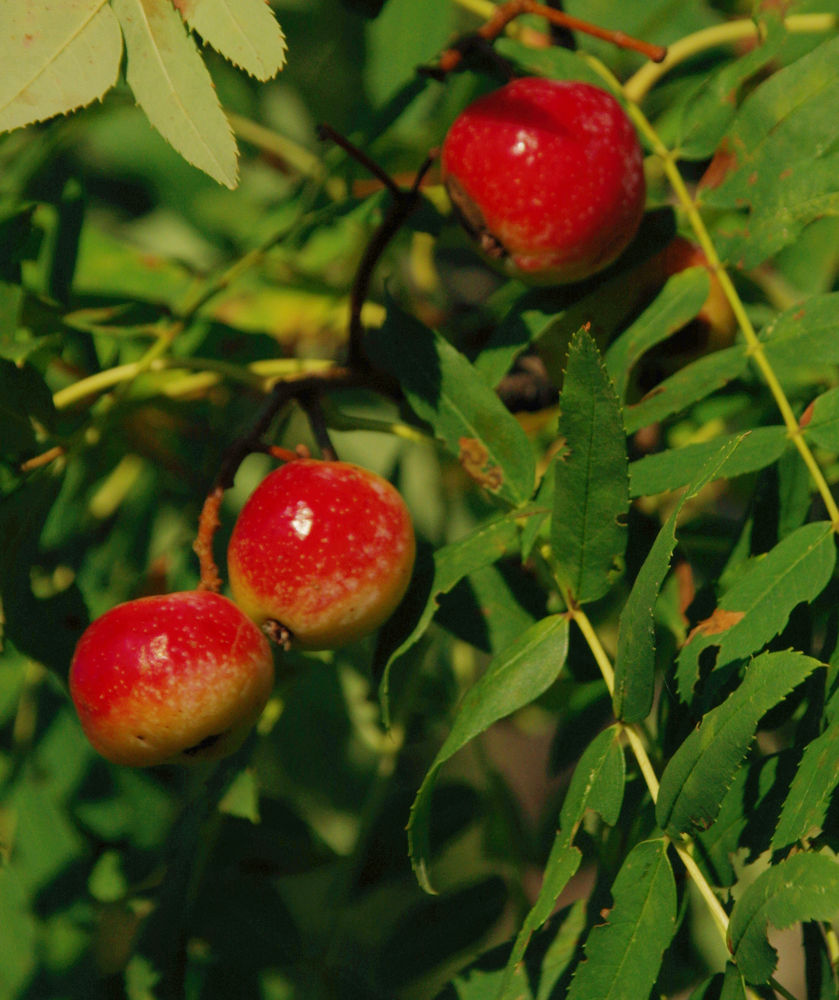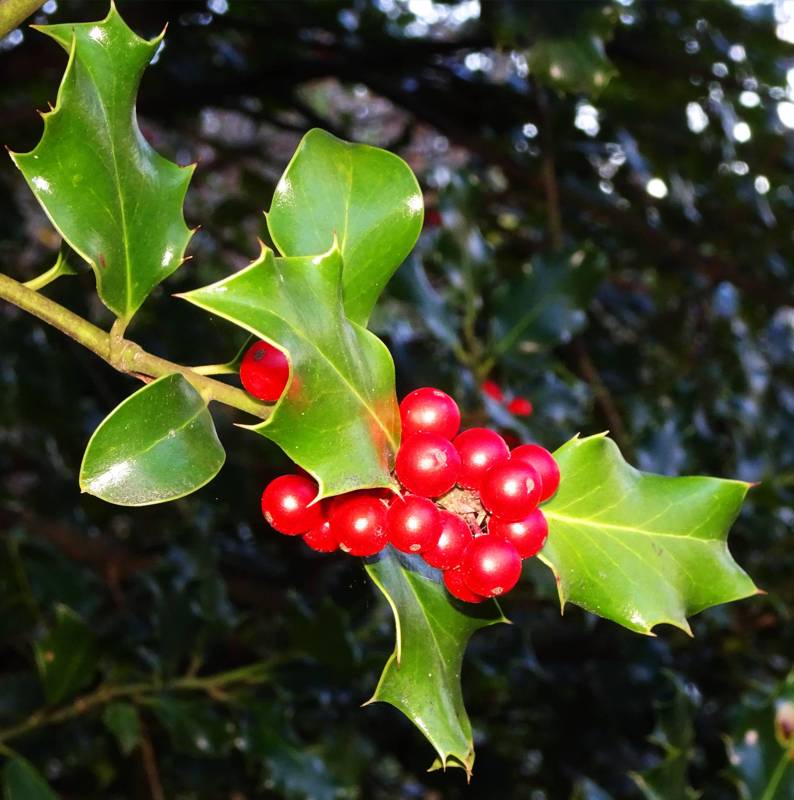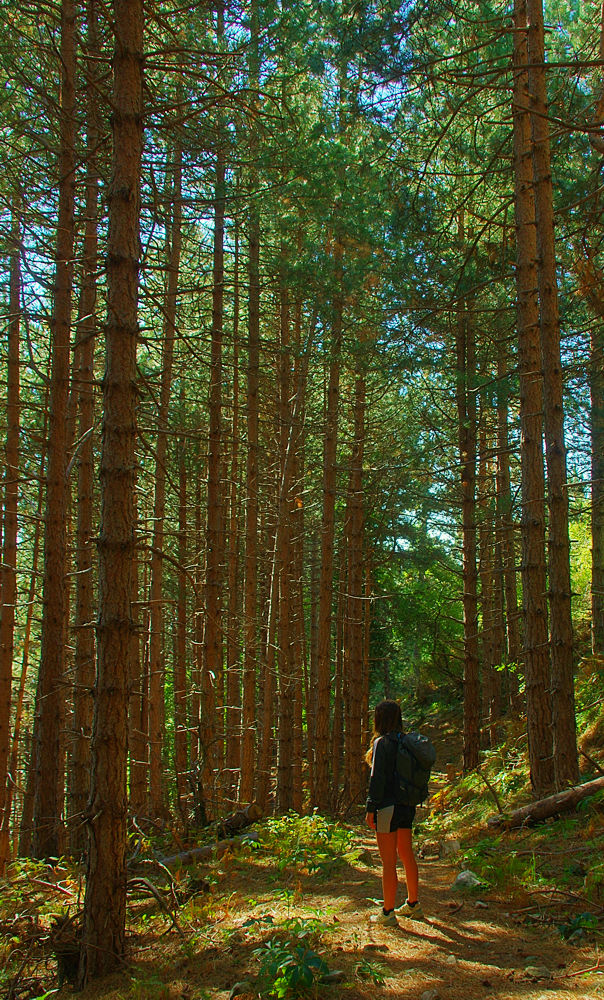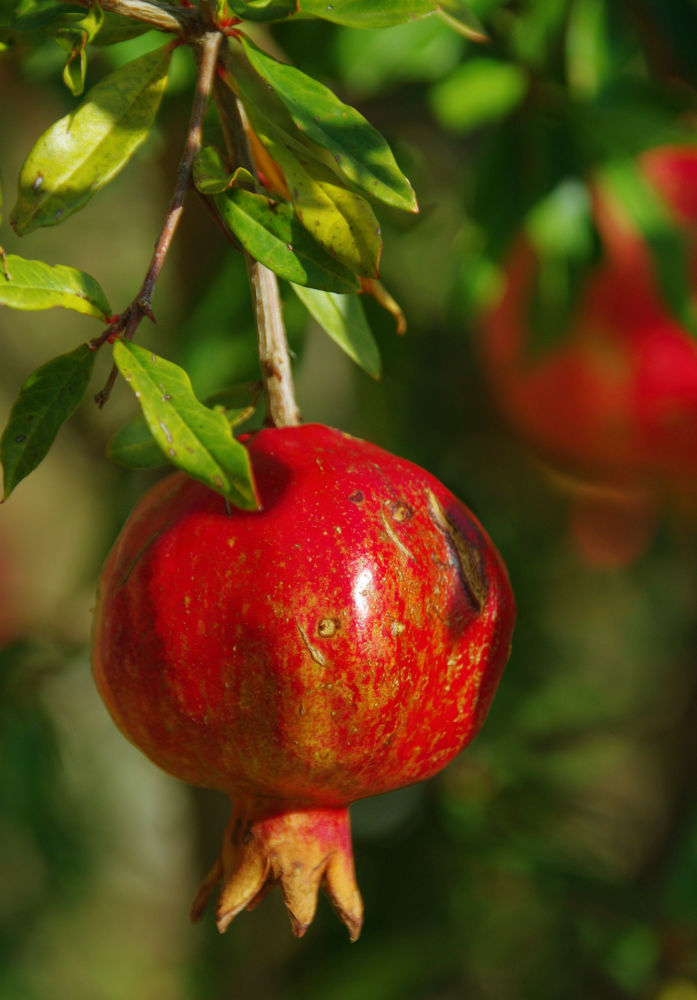Vegetation of Pelion
The rich plant diversity of Pelion is the result of the miscellaneous topography which consists of many raised geological formations and depressions. This diverse relief features are combined with the effect of the mild coastal climate leading to the appearance of a great number of spectacular vegetation patterns.
Daily variations in temperature, humidity levels and light availability compose different microclimates which enhance the growth of a high number of plant species, compared to the small extent of the total surface area.
Many flora communities grow and flourish all along the length of the peninsula on locations where very often might be far from their hardiness zone, i.e. in lower or higher altitudes.
An example of this exceptional (out of its growth limits ) plant growth is the European beech which can thrive in locations of lower elevation than that of where it usually appears in other parts of Greece. Additionally, many fruit bearing trees in Pelion such as apple and walnut trees can be found only a few meters above the sea level.
Nevertheless, the typical vegetation zones of the Mediterranean region, characterized by these biogeographical characteristics, are still present.
At the lowest altitudes and at the beach front, drought and heat tolerant plant species are established. The dominant ones are the kermes, the evergreen oak and the juniper.
As the altitude increases, more winter hardy plants with increased demands in soil moisture and nutrients take over such as deciduous broadleaf trees and conifer species.
Thus, even on the highest peaks, which consist of a more rocky terrain or a soft soil type, single trees or brakes of beech, hop-hornbeam and ash can be found.
The distinctive feature of Pelion regarding the vegetation mosaic is the presence of extensive and carefully managed olive, fruit and nut orchards, which play a major role in the local livelihood. Apple, chestnut, peach, lemon farms as well as nut crops such as almonds and walnuts “decorate” the scenery. At the same time they provide the main source of income for many households, keeping all the members of the busy during the harvest season. Herb farms used for medicinal purposes and in the local cuisine add extra aesthetic value to the area.
If the visitors are lucky enough to be there during the harvest season, they can experience the feverish atmosphere and see the inestimable amount of the land’s products.
One more highly profitable activity for the locals is beekeeping. Premium quality honey and other by-products, deriving from the bee’s annual life cycle, such as honeycomb and propolis, can be bought in mostly every local shop.
The vegetation cover percentage in Pelion remains very high during every season due to the mixture of deciduous and evergreen tree species such as pine trees which present tolerance to a great range of climatic conditions.
Therefore, our visit in Pelion is a memorable experience independently of the time of the year.
During the hot and dry summer months there is always shade and a cool breeze under the foliage of the older plane trees, which are located at the town square of every village, usually next to old springs with fresh water.
In the autumn, the falling leaves color the forest floor as the trees make the most of the last rays of the sun in order to get some warmth before the cold winter months. When the winter divests the trees from their leaves and covers everything with snow, there is nothing better than an overnight stay at a traditional guesthouse with fireplace and friendly atmosphere.
A significant percentage of the whole vegetation is covered by the riparian forest communities, which grow in and along the seasonal or permanent streams. The most common tree species of the riparian zone are the plane, the alder, the willow and the aspen trees. More rarely, we can find the chaste tree, known for its strong aroma.
Looking into more details, the main vegetation types which have been defined in Pelion are the following:
Maquis, or Thermo – Xerophilous Tall Shrublands
This ecosystem type includes plant communities of the class Quercetalia ilicis which grow from the sea level until 600m elevation. Maquis communities are dominated by small to medium sized evergreen sclerophyllous trees and bushes which are light demanding and high tolerant to drought stress. Sometimes their leaves develop specific traits such as hairy and waxy texture in order to mitigate the potential damages of solar radiation and reduce water loss. As major representatives of this vegetation type we could identify the kermes and the evergreen oak, the juniper and the turpentine tree. Additionally, we find the strawberry tree, spartium, bay laurel, green olive tree etc.
During our hike on the spectacular trails of the area we’ll surely come across some trees and bushes with edible fruits such as walnuts, chestnuts, strawberry tree berries and blackberries.
Quercetalia pubescentis vegetation type or Thermophilous deciduous forests
The species of this type encompass the warm and humid positions of the slopes and ridges as well as the higher elevations before the beech takes over. Dominant species is the Hungarian, the downy oak and the extensive chestnut forests. In locations with less light availability we may also find stands of more cold tolerant species. These are the beech and single yew trees which take advantage of the moisture-rich and acidic soil conditions with high fertility. A great part of the forests, belonging to this vegetation type, has been replaced by the apple and chestnut orchards for financial purposes.
As the altitude increases, more cold-resistant trees succeed the above plant communities. Deciduous broadleaf species and more specifically pure beech forests grow and thrive even up to the highest peaks of Mt Pelion (1624m.).
Depending on site conditions, beech forms magnificent high and closed-canopy forests which remind us the vast forests of middle Europe. The only limiting factor behind the beech forests growth is the human interventions. Deforestation for land use change determines radically its total size area and succession stage.
Regarding the forest floor of the dense beech stands, it is always covered by thick layers of foliage of different decaying stages. This natural “rug” hosts thousands of bacteria, fungi and invertebrates, known as the decomposers or, in other words, the clean-up crew.
Holly is an evergreen small tree, with characteristic hard, glossy leaves, which can bear spines on their fringes. The red fruits, that mature in the middle of the winter, have connected it with Christmas, as they are used either solely or combined with the leaves as ornament. The cutting and selling of twigs and fruits of holly can be a lucrative economic activity for local people.
Inside the beech forests some individuals of wild aspen and willow might grow in the more humid locations. Reforestation with black pine in former beech forests has been very successful, since it mitigates soil erosion and enhances the aesthetic value of the area.
Our visit and wandering in the forests and bushlands of Pelion is a magical and unforgettable experience. The only really essential supply we’ll need to enjoy it is all our senses.

